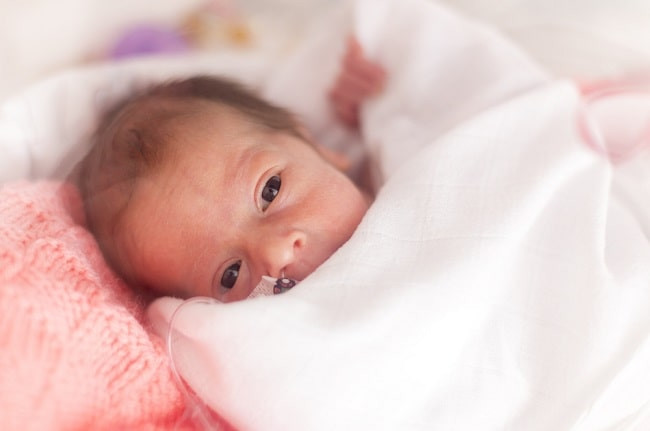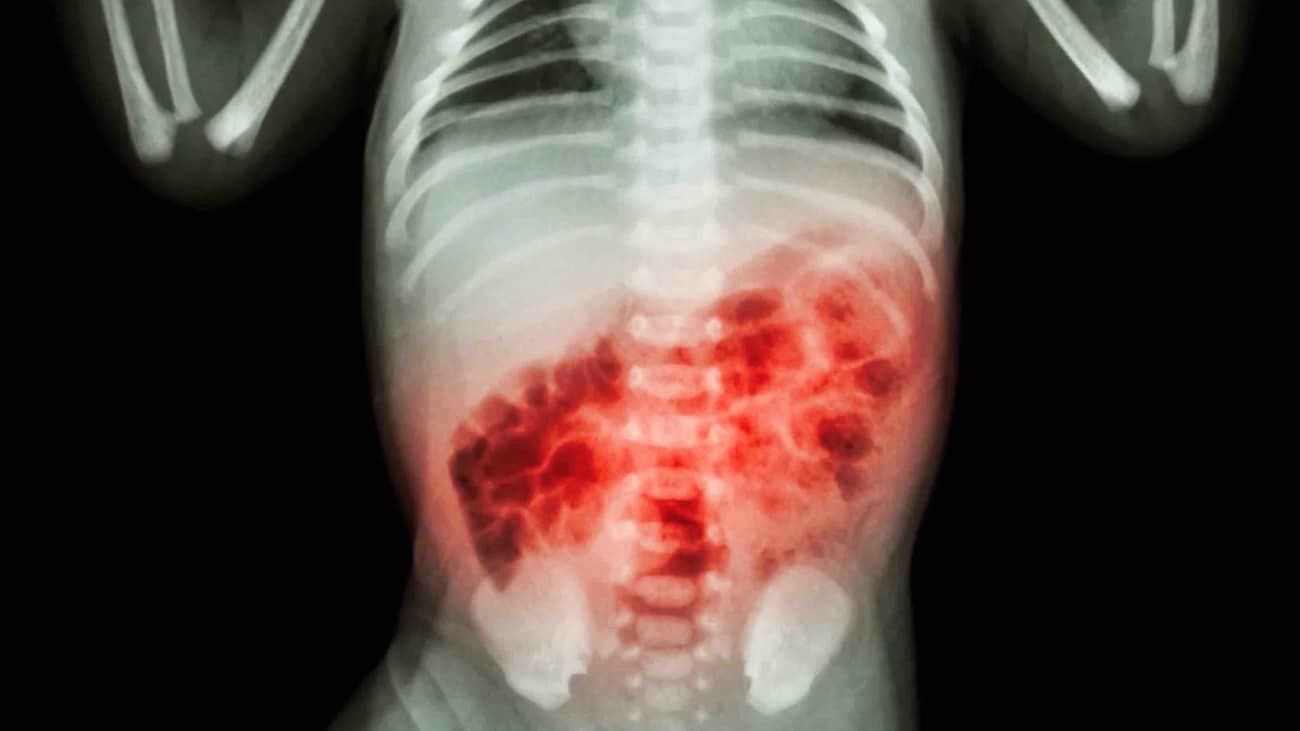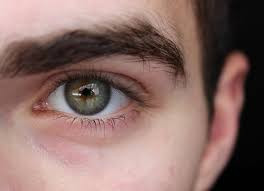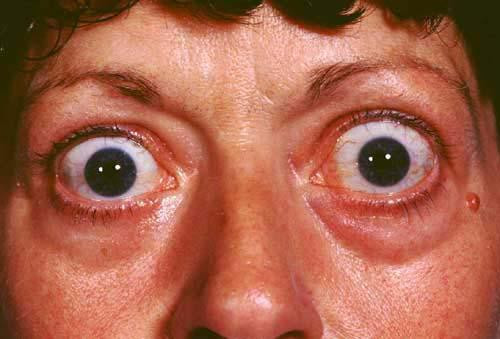Definition
Retinopathy of prematurity is a retinal disorder affecting premature infants weighing less than 1500 grams and born before 31 weeks' gestation. Normal gestational age ranges from 37 to 42 weeks. The risk of this condition increases with lower birth weights. This condition often affects both eyes and is a leading cause of childhood blindness.
Discovered in 1942, ROP has become more manageable due to advancements in neonatal care. In the United States, approximately 3.9 million newborns are affected, with 14-16 thousand experiencing varying severity levels. With prompt treatment, ROP can resolve without long-term damage in many cases.
About 90% of premature babies with retinopathy of prematurity have a low severity and do not require treatment. However, in cases of severe ROP, there is a significant risk of blindness. Each year, 1,100-1,500 babies are diagnosed with severe ROP, and in the United States, 400-600 babies suffer from blindness annually due to this condition.
Retinopathy of prematurity is grouped into five degrees of severity:
- Grade 1. Mild abnormal blood vessel growth in the retina. Most infants recover without treatment and do not experience future complications.
- Grade 2. Moderate abnormal blood vessel growth. Recovery without treatment is common, and normal vision is typically achieved.
- Grade 3. More severe abnormal blood vessel growth compared to grade 2. While some recover without treatment and still possess normal vision, the presence of other abnormalities, such as enlarged and twisted retinal blood vessels, indicates disease progression requiring treatment to prevent retinal detachment.
- Grade 4. Partial retinal detachment, often due to scar tissue from retinal hemorrhage, which can pull and detach the retina.
- Grade 5. Total retinal detachment, the most severe form, leading to significant vision problems or blindness if untreated.
Most infants with ROP are classified as Grades 1 or 2. However, rapid disease progression can occur in some cases.
Causes
The imperfect growth of retinal blood vessels in premature babies contributes to the emergence of retinopathy of prematurity (ROP). In these infants, some parts of the retina may lack blood vessels because they have not yet fully developed, resulting in insufficient nutrition to these areas. Consequently, these undernourished parts signal other areas with blood vessels to create new ones in the empty sections. However, these new blood vessels grow abnormally, developing fragile walls that break easily. If bleeding occurs, it leaves scar tissue on the retina, which can pull the retina from its attachment (retinal detachment). Retinal detachment is the primary cause of visual impairment and blindness in ROP.
Risk Factor
In addition to the age and low body weight of premature babies, several factors contribute to the emergence of ROP, including anemia, blood transfusions, respiratory distress, and the overall health condition of the baby.
ROP was common from the 1940s to the early 1950s when hospitals excessively used oxygen therapy to save premature babies. It was later discovered that excessive oxygen use was a significant risk factor for ROP. With the latest technology and oxygen therapy methods, oxygen use can now be regulated to avoid harming the eyes of premature babies.
Symptoms
Some signs of ROP occur inside the eye, making them difficult to see externally. Only a pediatric ophthalmologist can detect these signs using a special tool for examining the baby's retina. Severe and untreated ROP can cause the following symptoms:
- White pupils (leukocoria)
- Abnormal eye movements (nystagmus)
- Crossed eyes (strabismus)
- Severe nearsightedness (myopia)
Diagnosis
A pediatric ophthalmologist will diagnose ROP with a direct physical examination of the eyes. The doctor will use a tool to look into the baby's eyeball, after administering special eye drops to widen the pupil (the black part in the middle of the eye) for a clearer view.
The examination results are described based on the severity of the disease:
- Stage 1: The border between the normal retina and the premature retina is visible.
- Stage 2: The border appears higher and wider.
- Stage 3: Abnormal blood vessel growth is visible.
- In more severe cases: Abnormal blood vessels grow larger and more tortuous (plus disease).
Management
The most effective therapies for retinopathy of prematurity (ROP) are laser therapy and cryotherapy. Laser therapy involves burning the edge of the retina that lacks blood vessels, while cryotherapy works by freezing the periphery of the retina. Both therapies aim to eliminate parts of the retina without blood vessels and to slow and stop the growth of abnormal blood vessels. Unfortunately, these therapies can affect the patient's peripheral vision. However, they are effective in preserving central vision, which is crucial for activities that require straight-ahead vision, such as reading, sewing, and driving.
These therapies are generally performed in severe cases, particularly ROP in stage 3 with plus disease. In more advanced stages, additional therapy options include:
- Scleral Buckle: In this therapy, a tight silicone band is placed around the eyeball to prevent the vitreous fluid (clear fluid inside the eyeball) from pulling on scar tissue and to keep the retina attached to the wall of the eyeball. The silicone band is removed several years later as the child's eyeball grows to avoid nearsightedness. Scleral buckling is typically performed at ROP stage 4 or 5.
- Vitrectomy: This surgical procedure involves removing the vitreous and replacing it with saline (a fluid similar to body fluids). Once the vitreous is removed, scar tissue can be excised so that the retina can lie flat against the wall of the eye. This operation is performed at ROP stage 5.
Complications
Babies with ROP are at high risk of developing certain eye disorders later in life, such as retinal detachment, myopia (nearsightedness), strabismus (crossed eyes), amblyopia (lazy eye), and glaucoma. In some cases, these problems can be treated and controlled.
Prevention
Babies with a birth weight of less than 1500 grams and those born at less than 31 weeks' gestational age need an eye examination to detect ROP early. Babies considered to have high-risk factors of ROP by doctors also need to be screened immediately.
The American Pediatric Association has established ROP screening guidelines for newborns admitted to the intensive care unit (ICU), leading to the detection of many ROP cases through such screenings.
When to See a Doctor?
If your child exhibits any of the symptoms of ROP mentioned above, you should immediately consult an eye doctor.
Looking for more information about other diseases? Click here!
- dr Hanifa Rahma
Retinopathy of prematurity. National Eye Institue. (2019). Retrieved 14 November 2021, from https://www.nei.nih.gov/learn-about-eye-health/eye-conditions-and-diseases/retinopathy-prematurity
Retinopathy of prematurity. American Asociation for Pediatric Opthalmology dan Strabismus. (2020). Retrieved 14 November 2021, from https://aapos.org/glossary/retinopathy-of-prematurity
Retinopathy of Prematurity (ROP) | Symptoms & Causes. Boston Children's Hospitals. (2021). Retrieved 14 November 2021, from https://www.childrenshospital.org/conditions-and-treatments/conditions/r/retinopathy-of-prematurity-rop/symptoms-and-causes
Retinopathy of prematurity. UCSF Benioff Children's Hospitals. (2021). Retrieved 14 November 2021, from https://www.ucsfbenioffchildrens.org/conditions/retinopathy-of-prematurity












